Prevalence and Factors Associated with Surgical Site Infection in Post Caesarean Mothers
Nambajjo Angel
Faculty of Clinical Medicine and Dentistry Kampala International University Western Campus Uganda
ABSTRACT
Post-cesarean surgical site infection after cesarean delivery is a surgical problem that significantly contributes to maternal morbidity and mortality. In Uganda, admissions due to surgical site infection following cesarean section have been constant activities of health care facilities, but again, there are limited facts on the factors associated with it, making preventive measures less effective. Therefore, this study aimed to assess the risk factors for post-cesarean section surgical site infection at Fort Portal regional referral hospital, Uganda. A cross-sectional study with a retrospective record review was conducted. The data were analyzed using Statistical Package for Social Science Software (SPSS) version 26. Post-cesarean section surgical site infection was measured based on the disease classification and definition of the term by the Center for Disease Control and Prevention. After checking for the presence and degree of association of factors with outcomes, variables were computed through logistic regression analysis. Factors with a P value <= 0.2 in the bi-variable logistic regression analysis were included in the multivariable logistic regression analysis, and those variables with a P value of <0.05 in the multivariable analysis were considered statistically significant. From the medical records of women who underwent cesarean sections, 77 (12.4%) of them developed surgical site infections. Rural residence [(AOR = 2.30, 95%CI: (1.29, 4.09)], duration of labor greater than 24 hours [(AOR = 3.48, 95%CI: (1.49, 8.09)], rupture of membrane>12 hours [(AOR = 4.61, 95%CI: (2.34, 9.09)], hypertension [(AOR = 3.14, 95%CI: (1.29, 7.59)], and preoperative hemocrit <= 30% [(AAOR = 3.22, 95%CI: (1.25, 8.31)] were factors significantly associated with post-cesarean section surgical site infections. The magnitude of post-cesarean section surgical site infection was a significant problem in Fort Portal regional referral hospital. Minimizing prolonged labor, minimizing early rupture of membranes, properly managing patients with comorbidities like hypertension, strengthening prophylaxis and treatment for anemia during antenatal care, and raising awareness among rural residents can reduce the problem. Zonal policy makers should place emphasis on reducing its burden as well as the provision of qualified health care personnel by the government for better prevention and treatment.
Keywords: Cesarean delivery, Post-cesarean, Surgical site infection, Bacteria infection
CITE AS: Nambajjo Angel (2024). Prevalence and Factors Associated with Surgical Site Infection in Post Caesarean Mothers. IAA Journal of Biological Sciences 12(2):1-10. https://doi.org/10.59298/IAAJB/2024/122.110.11
